The next instalment in our 21st-Century Architecture: 25 Years 25 Buildings series is Oslo Opera House, a Snøhetta-designed project that pioneered the concept of architecture as landscape.
The home of the Norwegian National Opera and Ballet has become one of Oslo’s most iconic buildings, primarily because of the sloping public plaza that forms its roof.
The project kickstarted a wave of buildings with publicly accessible roofscapes and became the calling card for Snøhetta, an emerging architecture studio with big ambitions.
Snøhetta won the competition to design the Oslo Opera House in 2000, just as construction was completed on its first major commission, the Bibliotheca Alexandrina library in Egypt.
The studio takes its name from the tallest peak in Norway’s Dovrefjell mountains. Its ambition from the start was to make landscape design more integral to the architectural process.
Founding partners Kjetil Trædal Thorsen and Craig Dykers saw an opportunity to push this concept even further with the opera house than they had with the library.
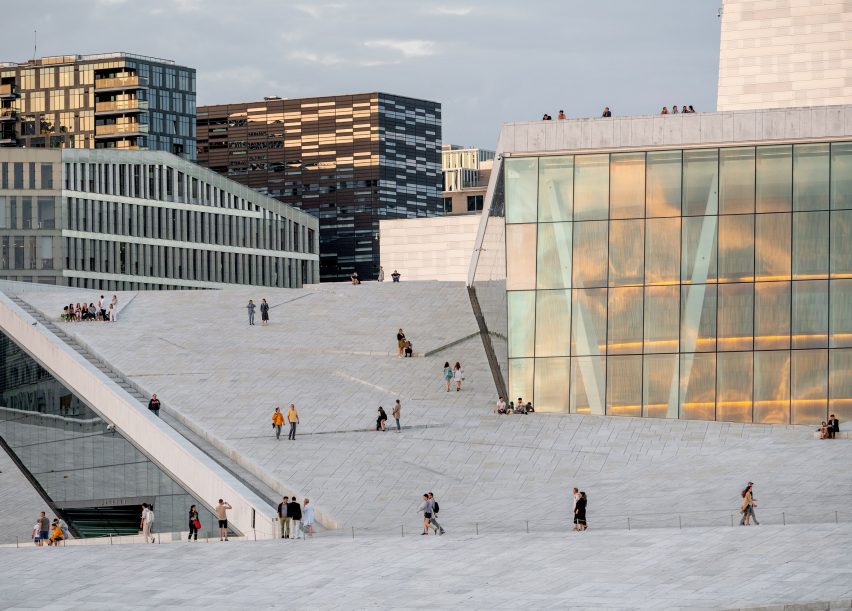
While the library was designed to merge with the landscape, the opera house was conceived as a landscape itself.
“We were seeing at the time that construction projects didn’t have budgets for their outdoor areas,” said Thorsen in an interview with Dezeen in 2019.
“We said this can’t be the case, because we’re neglecting our public space,” he told Dezeen. “This is how we ended up at the Oslo Opera House, where there is no differentiation between public space, building and site.”
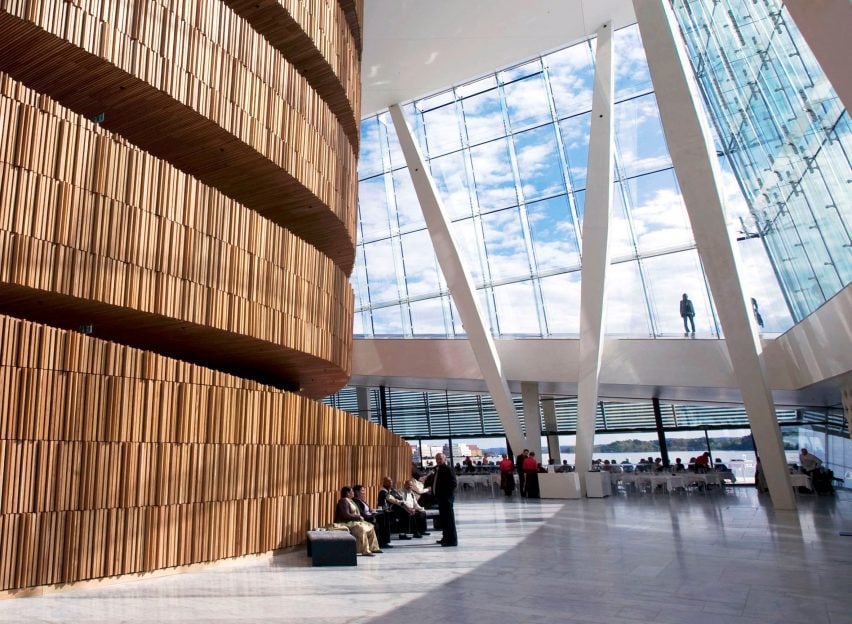
The building achieves this with a wedge-shaped form, built on the edge of the Oslofjord in the city’s former docklands.
Today this part of the city is home to many impressive buildings – examples include the Barcode Project office blocks, the Deichman Bjørvika library and the new Munch museum – but it was largely derelict at the time.
The building slopes down at its western end, allowing the groundscape to extend from the water’s edge to the top of the roof. Snøhetta described it as “a carpet of horizontal and sloping surfaces”.
These surfaces are clad with Norwegian granite and Carrara marble, enhancing the sense of a snow-covered hill.
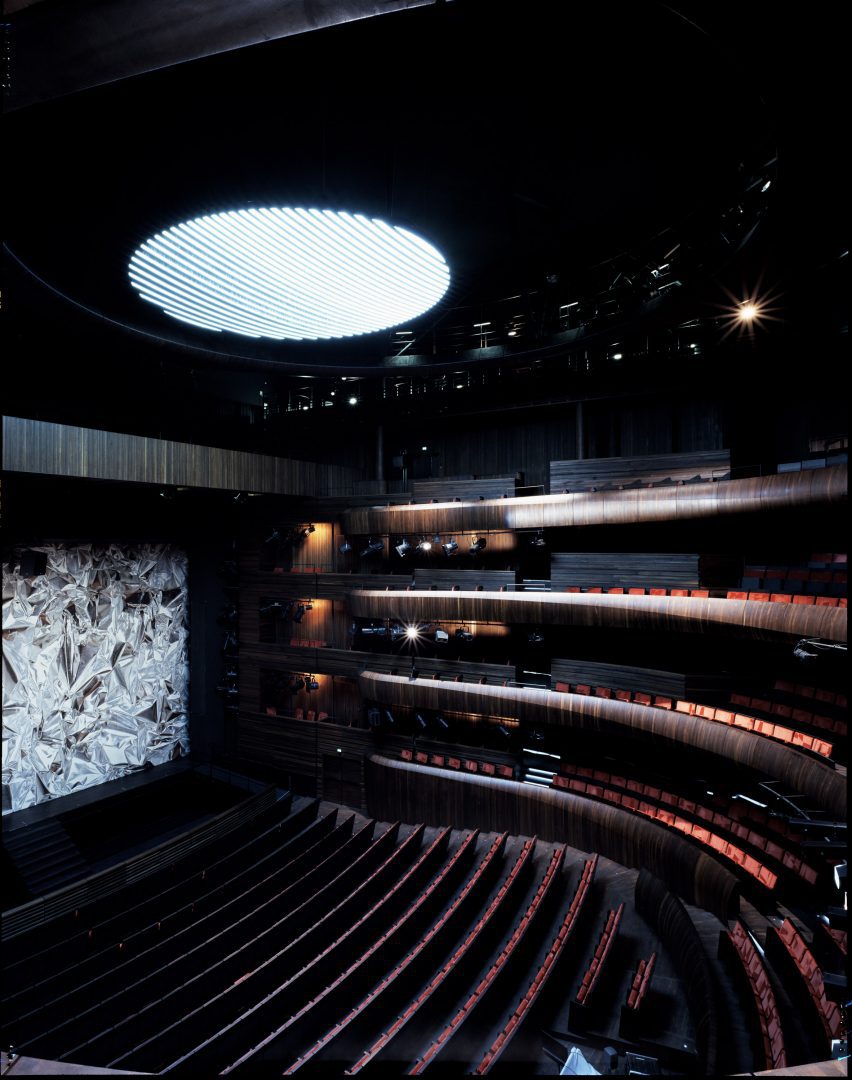
The opera house’s interior is just as impressive as its exterior. In contrast with the cool-toned exterior cladding, oak was the material of choice for the auditorium.
This horseshoe-shaped concert hall resembles a giant drum, rising through the middle of the generous atrium.
A powerful and beautiful statement, radiant with music and songJonathan Glancey in The Guardian
Baltic oak clads the “wave wall” that wraps this drum and the walls, floors, ceilings and balcony fronts inside the auditorium. Some of this wood was treated with ammonia, which gives it a darker tone.
The hall also includes a contemporary chandelier with 5,800 hand-cast glass crystals and 800 LED lights, providing a lighting spectacle overhead.
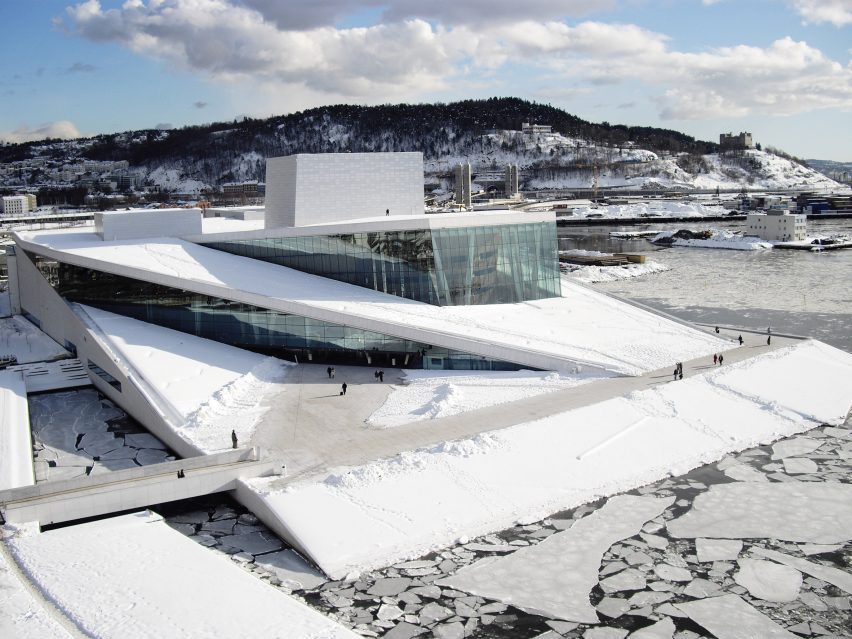
Oslo Opera House was completed in 2007, which is when the city’s residents were first invited to climb the roof. It officially opened in April 2008 with a ceremony attended by King Harald.
It was an instant hit with critics, who applauded the way it gave back to the city without compromising the building’s primary function as a world-class concert hall.
“The Oslo opera house is a powerful and beautiful statement, radiant with music and song, one that announces Norway’s arrival as a cultural centre,” said Jonathan Glancey in The Guardian.
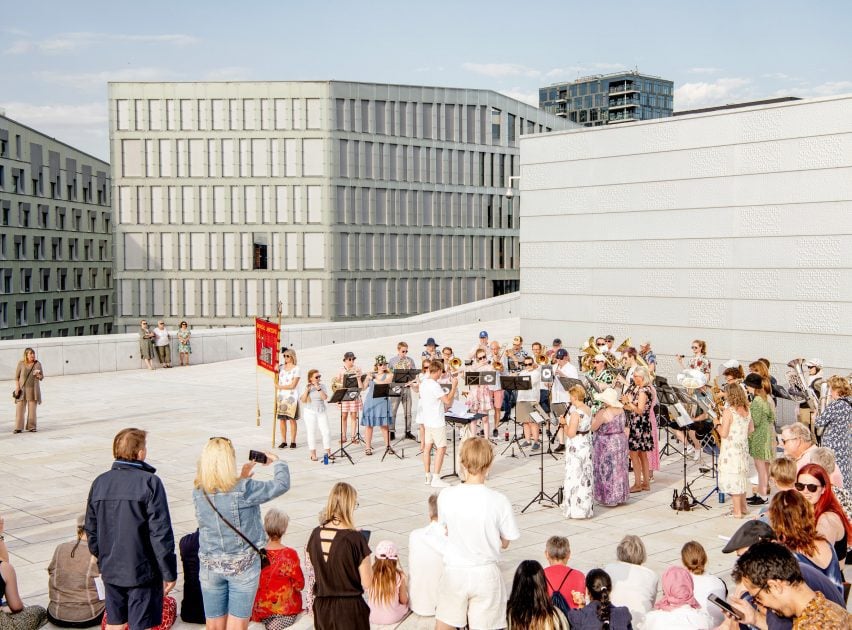
The opera house was awarded the biennial European Union Prize for Contemporary Architecture, the Mies van der Rohe Award, in 2009. It also won the European Prize for Urban Public Space in 2010.
Francis Rambert, chair of the Mies van der Rohe Award jury, described it as “more than just a building”.
“It is first an urban space, a gift to the city,” she said. “The building can be considered a catalyst of all the energies of the city and is emblematic of the regeneration of its urban tissue.”
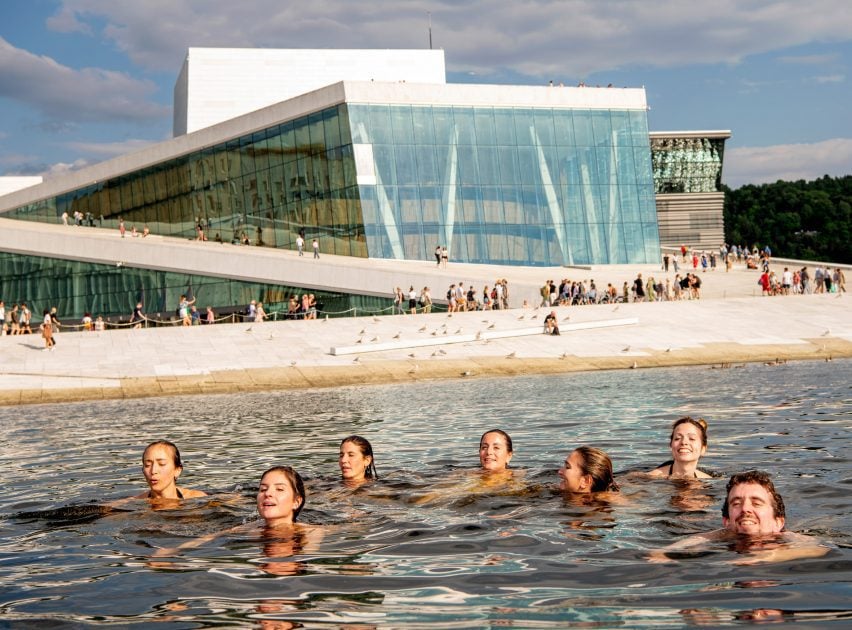
The true indicator of the building’s success is its popularity.
In the summer, the roof is usually flooded with skateboarders, swimmers and sunbathers, and often hosts outdoor performances. It’s also well-used in the icy winter months when it becomes a destination for sledging.
In this way, Snøhetta achieved its aim of creating a truly democratic building, enjoyed by more than just those who enter inside to watch the opera.
Did we get it right? Was Oslo Opera House by Snøhetta the most significant building completed in 2007? Let us know in the comments. We will be running a poll once all 25 buildings are revealed to determine the most significant building of the 21st century so far.
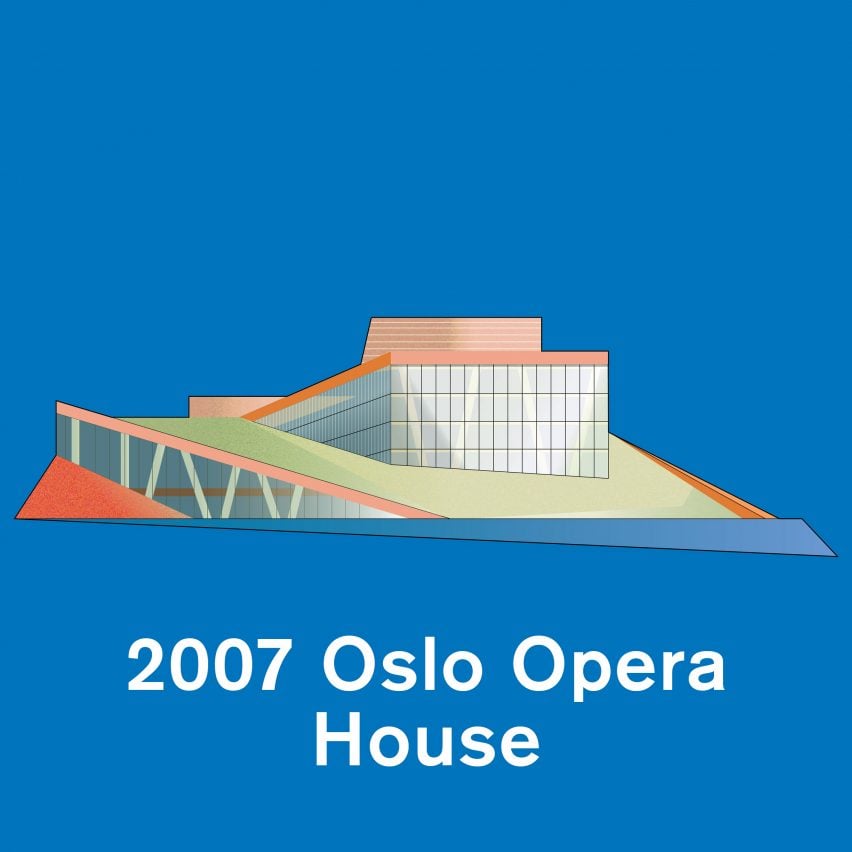
This article is part of Dezeen’s 21st-Century Architecture: 25 Years 25 Buildings series, which looks at the most significant architecture of the 21st century so far. For the series, we have selected the most influential building from each of the first 25 years of the century.
The illustration is by Jack Bedford.
21st Century Architecture: 25 Years 25 Buildings
2000: Tate Modern by Herzog & de Meuron
2001: Gando Primary School by Diébédo Francis Kéré
2002: Bergisel Ski Jump by Zaha Hadid
2003: Walt Disney Concert Hall by Frank Gehry
2004: Quinta Monroy by Elemental
2005: Moriyama House by Ryue Nishizawa
2006: Madrid-Barajas airport by RSHP and Estudio Lamela
2007: Oslo Opera House by Snøhetta
This list will be updated as the series progresses.

